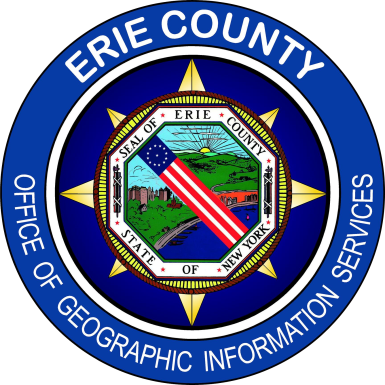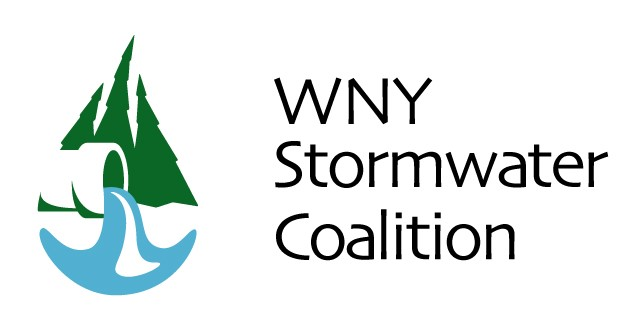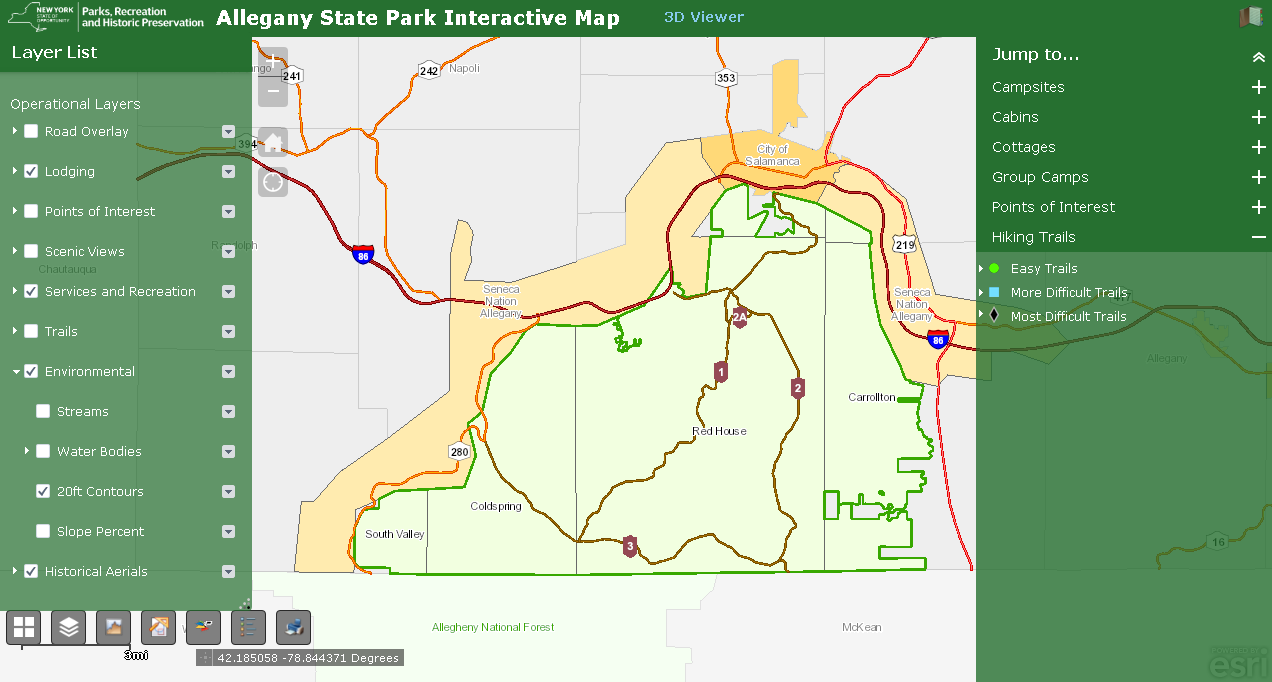Based on the support of many long standing contributors, vendors, and returning individuals, the NYGeoCon 2013 meeting in Saratoga Springs, November 12-13, was considered a success. Looking forward to future conferences and similar outreach efforts within the state, many could argue there is much optimism within the professional geospatial community – particularly with the NYS GIS Association at the helm – for continued growth and presence of the GIS profession across the Empire State. However, unless new members are recruited from professions which are currently not part of the “staple” of the Association membership (government/public agencies, software companies, photogrammetry, academia, and civil engineering disciplines), such optimism may be tempered based a combination of recent industry and business reports, metrics, and employment trends. Consider the following:
Government Job Growth Weakest: A December 2013 Governing Magazine article notes that while private employment may finally be ready to accelerate, “state and local government job growth continues to be among the weakest of any industry”. Translation: Much of the future geospatial development – most likely at all levels of government in the Empire State – will increasingly be vendor/contractor based. While it is anticipated that existing government GIS programs in the Empire State will find a means to continue on some level, current government budgets and tax cap spending limits, suggest that new or expanding government geospatial programs will occur at a decreasing rate. And few in government administrative or management level GIS positions across the state would probably be unable to argue otherwise.
Minimal Technology Sector Growth: A recent Praxis Strategy Group market report entitled “The Surprising Cities Creating the Most Tech Jobs” offers current statistics on employment trends in industries normally associated with technology, such as software, engineering and computer programming services. The article also presents numbers of workers in other industries which are classified as being in STEM occupations (science, technology, engineering and mathematics-related jobs). Though the study considers only MetroNYC – and not the entire state – the findings are still somewhat troubling as the NYC ranked 36th on the national scale – only slightly ahead of metro Buffalo (43rd) and Rochester (45th). Since 2001, New York City’s tech industry growth has been a paltry 6% while the number of STEM related jobs has fallen 4%. The chances of New York City – or others parts of the state for that matter – of becoming a major tech center are handicapped not only by high costs and taxes, but a distinct lack of engineering talent. On a per capita basis, the New York area ranks 78th out of the nation’s 85 largest metro areas, with a miniscule 6.1 engineers per 1,000 workers, one seventh the concentration in California’s Silicon Valley. (Buffalo and Rochester statistics in this regard may be better though were not available as part of the article).
Shared Services Still Struggles: For a technology which presents incredible opportunities for public organizations to share computing infrastructure, replicate (or share) identical mapping applications, cost-share on similar geospatial data development projects, or jointly exploit new Cloud-based programs – Information Technology (IT) shared services – and by extension GIS – have yet to be broadly implemented across the Empire State. An August 2013 report prepared by the Cornell University found that while Shared Services programs in areas such as transportation, public safety, and recreation/social services continue to show promise, only eight-percent (8%) of the nearly 946 New York State government agencies surveyed in the study were engaged in Shared Services IT projects.
Growth Outside the GIS Mainstream: An illustrative series of 2013 global market study reports by TechNavio forecasts steady GIS growth in disciplines which currently do not have a significant presence in many statewide conferences and programs or the NYS GIS Association. Largely outside of government, and certainly not normally considered “tech jobs”, these key industries include banking and financial services, real estate, retail, telecommunications, and utilities – all of which have significant corporate presence in the Empire State. Many of these same industries were also identified as “GIS growth sectors” – including banking, insurance, law enforcement, business, healthcare, and finance – as part of a Geospatial Job Market panel discussion at the 2012 Association of American Geographers annual meeting.
Long term sustainability of the GIS profession in the Empire State requires the continued expansion and recruitment of industries which to date, have not had a strong visible presence in statewide GIS programs and activities. Such opportunities exist by engaging these disciplines – health care, retail, real estate, insurance and banking, and telecommunications, to name a few – in local and regional GIS events, NYS GIS Association professional development programs, or conversely, by attending and participating in industry trade shows and annual conferences held here in New York State (i.e., National Retail Federation, NYC Real Estate Expo, Annual NYS Commercial Real Estate Conference, NYS Association of Health Care Providers, and NY Bankers Association as well as many others).
Long term growth and influence of the NYS Geospatial profession should be considered extremely promising though will need to be based on a broader mix of disciplines and practitioners.
 While the Municipal Stormwater Sewer System (MS4) regulatory program may be taking a back seat in focus to COVID-19 across Empire State governments in 2020, compliance efforts nonetheless continue in the background. The DEC program has seen governments responding to meet annual submission requirements in a variety of ways ranging from full vendor supported solutions, hybrid approaches of using in-house resources and commercial-off-the-shelf (COTS) products, while others have built the solution totally in-house. Aka Do-it-Yourself (DIY).
While the Municipal Stormwater Sewer System (MS4) regulatory program may be taking a back seat in focus to COVID-19 across Empire State governments in 2020, compliance efforts nonetheless continue in the background. The DEC program has seen governments responding to meet annual submission requirements in a variety of ways ranging from full vendor supported solutions, hybrid approaches of using in-house resources and commercial-off-the-shelf (COTS) products, while others have built the solution totally in-house. Aka Do-it-Yourself (DIY). One such MS4 DIY organization is Erie County which provides administrative and technical support to the Western New York Stormwater Coalition (WNYSC) which has a broad geographic footprint. Erie County took the stormwater management regional lead in western New York in 1999 when it became apparent both Erie and Niagara Counties would be required to come in compliance with the United States Environmental Protection Agency (U.S. EPA) Phase II Stormwater requirements. Recognizing much of the MS4 General Permit was general in context of most permit requirements being the same for all governments, the Coalition was created in 2003 as a means to share work such as public education and outreach, development of policies and procedures, employee training – and mapping. While the Coalition is not an official Erie County government agency, it is housed administratively inside County offices.
One such MS4 DIY organization is Erie County which provides administrative and technical support to the Western New York Stormwater Coalition (WNYSC) which has a broad geographic footprint. Erie County took the stormwater management regional lead in western New York in 1999 when it became apparent both Erie and Niagara Counties would be required to come in compliance with the United States Environmental Protection Agency (U.S. EPA) Phase II Stormwater requirements. Recognizing much of the MS4 General Permit was general in context of most permit requirements being the same for all governments, the Coalition was created in 2003 as a means to share work such as public education and outreach, development of policies and procedures, employee training – and mapping. While the Coalition is not an official Erie County government agency, it is housed administratively inside County offices.

